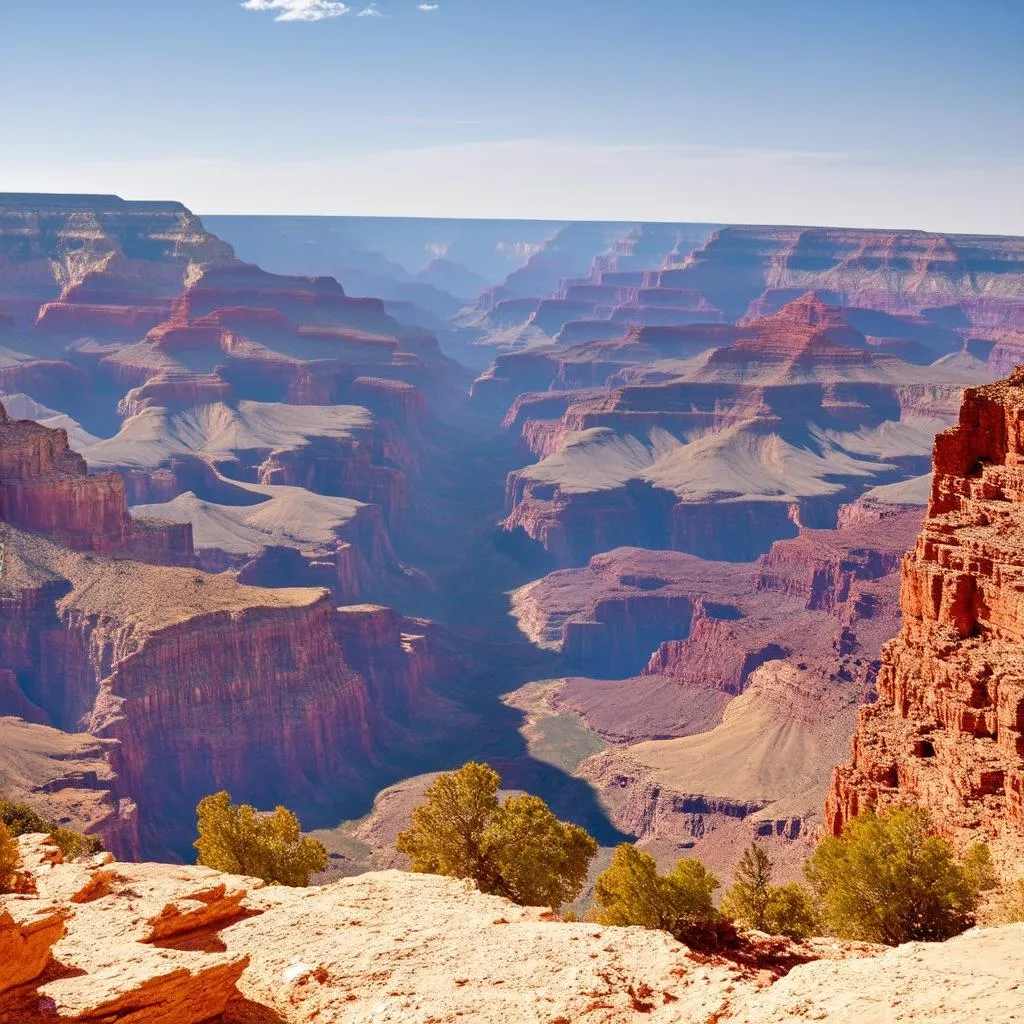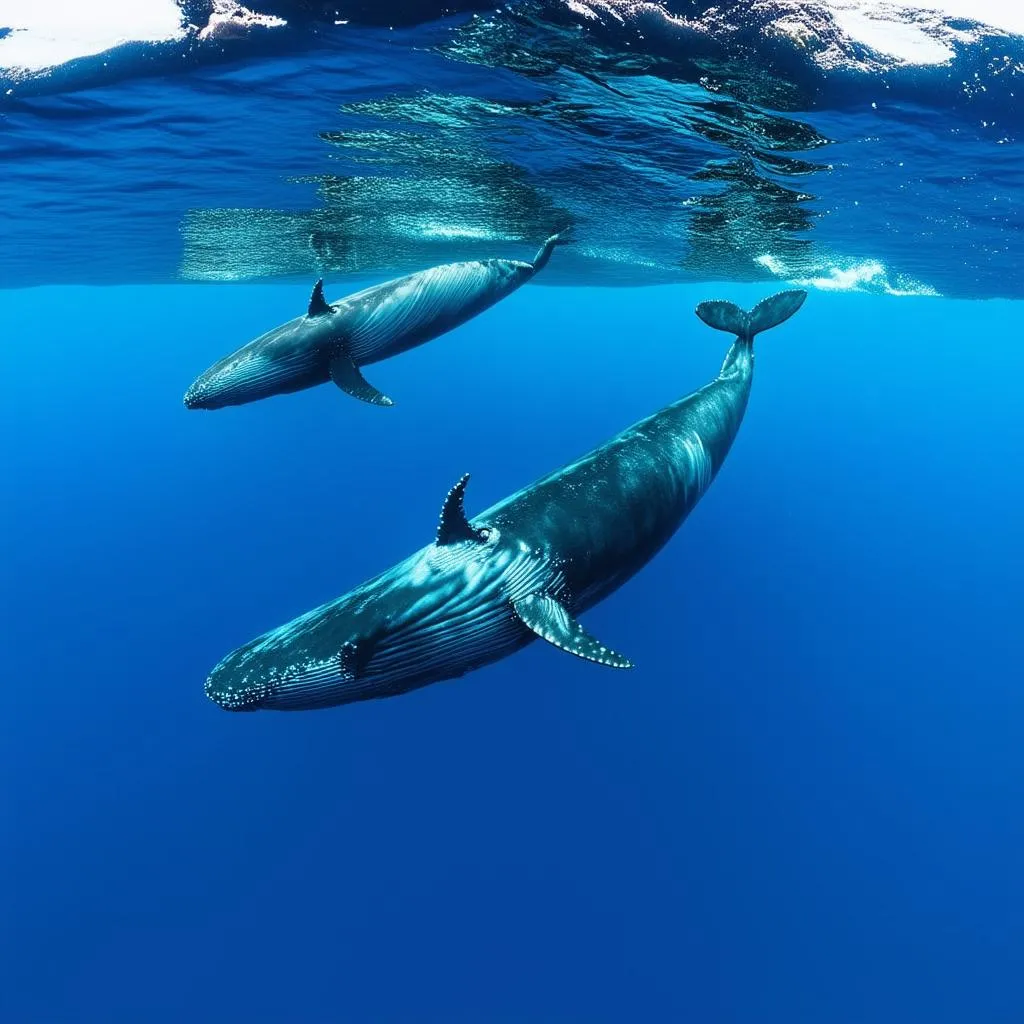Have you ever noticed how a clap of thunder seems delayed after a lightning strike? This phenomenon highlights a fascinating fact: light travels faster than sound. But have you ever wondered, “Where Does Sound Travel Fast?” It’s a question that unveils a world of fascinating scientific principles and even influences our travel experiences. Let’s embark on a journey to uncover the sonic secrets of our planet.
The Medium is the Message: How Sound Travels
Sound isn’t like a tangible object; it’s a vibration that travels as a wave. To understand where sound travels fastest, we need to consider the medium it travels through. Imagine yourself shouting in the Grand Canyon. The echo you hear is a testament to sound bouncing off surfaces.
Here’s the key: sound travels fastest through denser mediums. This means sound zips through solids quicker than liquids, and liquids faster than gases. Think of it like this: the molecules are packed tighter in a solid, allowing the sound vibrations to pass through more efficiently.
A Sonic Showdown: Comparing Speeds
Let’s put this into perspective with a little sonic showdown:
- Solids: Sound travels at a remarkable speed of around 18,000 feet per second in steel. Imagine the efficiency of communication in ancient civilizations that used walls and pipes to transmit messages!
- Liquids: In water, sound clocks in at approximately 4,900 feet per second. This explains why whales, like those we might spot on a whale watching tour off the coast of California, can communicate across vast distances underwater.
- Gases: Sound lags behind in gases, traveling at a relatively leisurely 1,125 feet per second in air. This is why we see a plane in the sky before the roar of its engines reaches us.
Travel and the Speed of Sound: From Delays to Echoes
The speed of sound isn’t just a scientific curiosity; it impacts our travel experiences:
- Delayed Gratification: Remember those delayed thunderclaps? The next time you’re caught in a summer storm, use the delay to estimate how far away the lightning is. Every five seconds of delay equals approximately one mile.
- Echoes in Cathedrals: Ever stood in awe under the soaring arches of a cathedral, like the Duomo in Florence, and listened to the echoes linger? Those echoes are a result of sound bouncing off the hard surfaces, a phenomenon influenced by the speed of sound in air.
FAQs: Your Burning Sound Travel Questions Answered
Q: Does temperature affect the speed of sound?
A: Absolutely! Sound travels faster at higher temperatures. So, if you’re enjoying a concert on a hot summer night, the music will reach your ears slightly faster than on a chilly evening.
Q: What is the sound barrier, and how is it related to travel?
A: The sound barrier is the speed of sound in air. When a plane breaks the sound barrier, like the Concorde jets used to, it creates a sonic boom, a powerful release of sound energy.
Beyond the Horizon: The Wonder of Sound
Next time you’re traveling, take a moment to appreciate the hidden world of sound. From the echo in a grand canyon to the gentle lapping of waves on a beach in Bali, sound enriches our experiences. Understanding the science behind these sonic wonders deepens our connection to the world around us.
For more travel tips and fascinating insights, be sure to explore the wealth of information on travelcar.edu.vn.
 Grand Canyon sound waves
Grand Canyon sound waves
 Whale communication underwater
Whale communication underwater